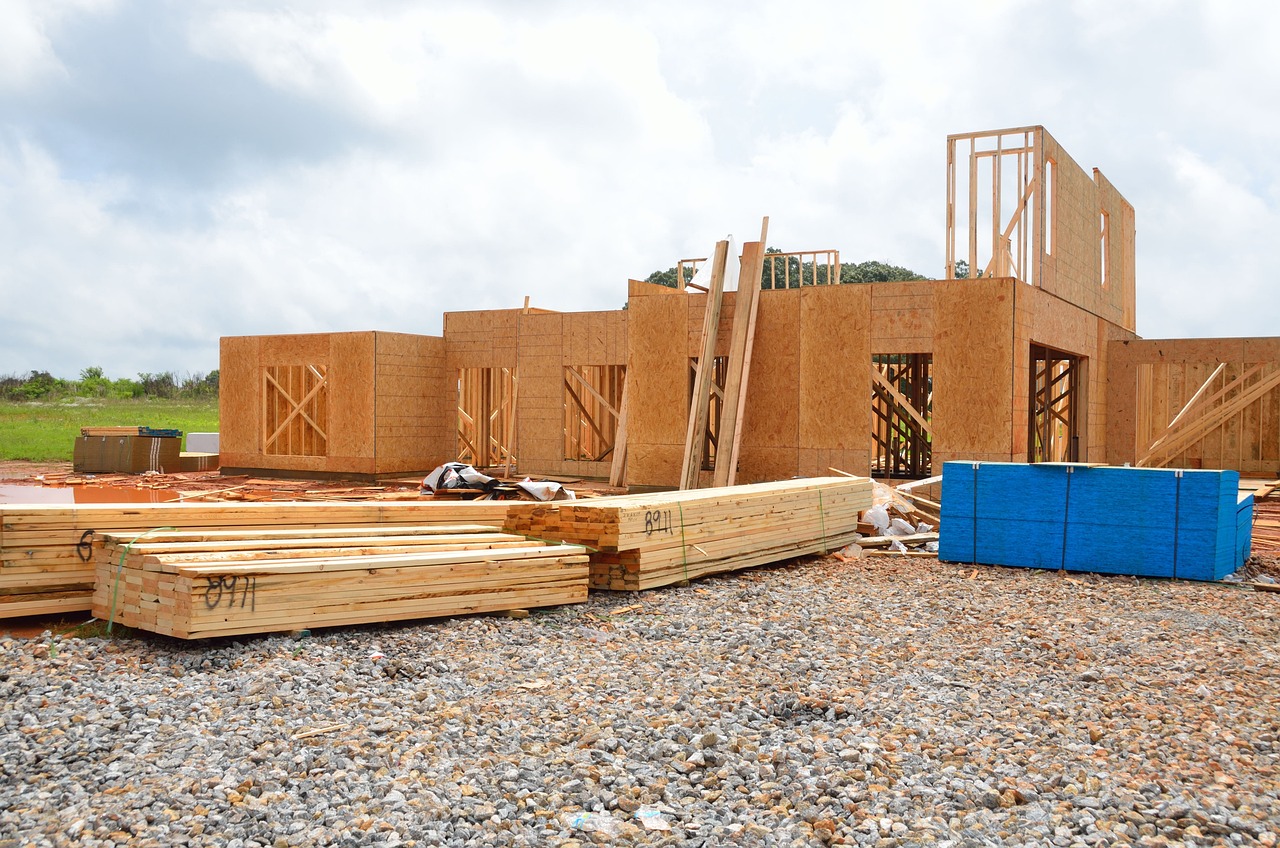1. Choose the right grass species for your climate and soil type.
2. Install an irrigation system that waters efficiently and only when necessary.
3. Use natural and organic fertilizers that release slowly over time.
4. Practice proper mowing techniques, such as mowing higher to leave grass blades longer and shade roots from the sun.
5. Overseed with drought-tolerant grasses to fill in any bare spots.
6. Use mulch or groundcovers in areas where grass does not grow well.
7. Reduce foot traffic and limit the use of heavy equipment on the lawn.
8. Choose low-maintenance landscaping plants that require less watering and attention.
9. Replace turf with hardscaping or stone paths in areas with high traffic or that are troublesome to maintain.
10. Use weed preventers and natural herbicides to reduce the need for hand-pulling weeds.



